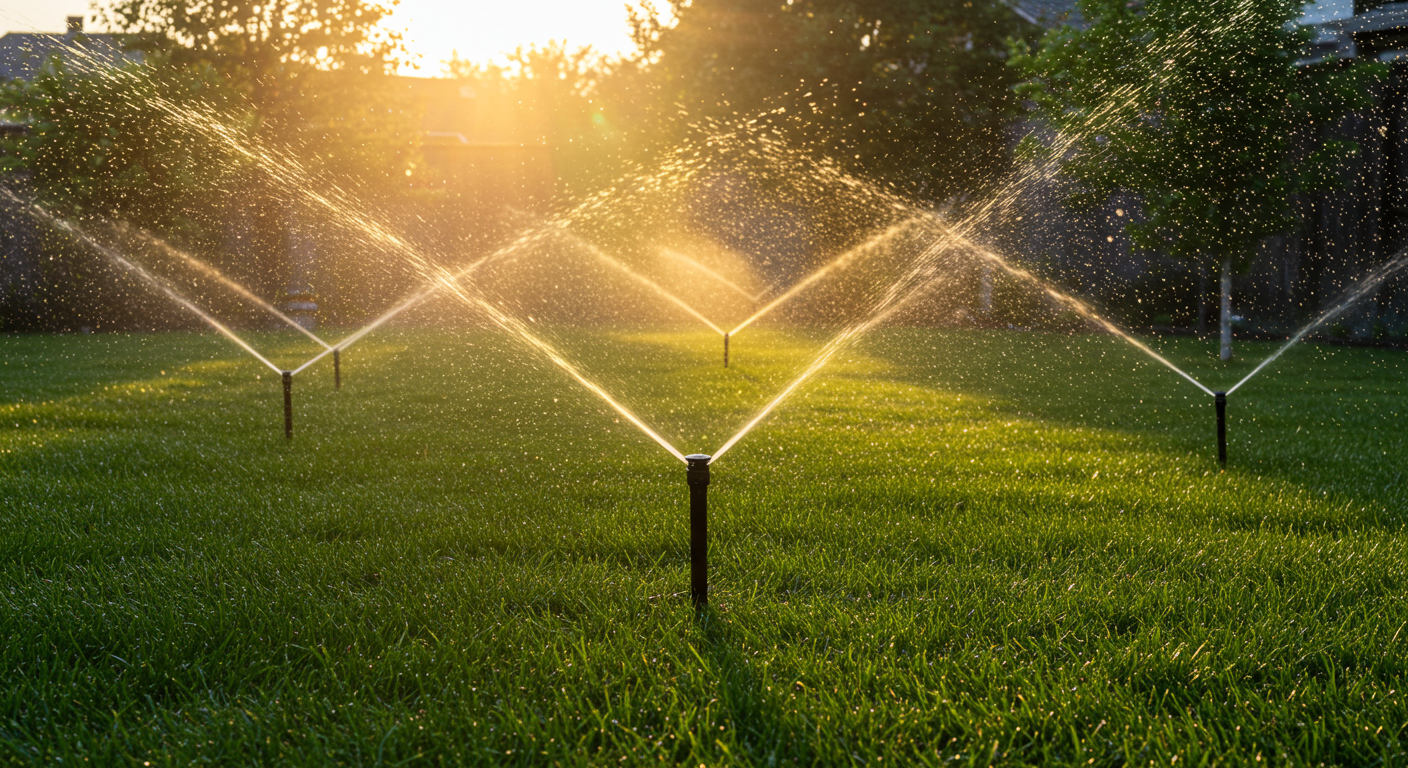
A lush, green lawn doesn’t happen by accident—it’s the result of consistent care, the right soil, and most importantly, a perfect watering system. While many homeowners rely on manual watering, a well-designed irrigation system ensures your lawn gets the right amount of water, at the right time, in the right way.
In this guide, we’ll explore how to set up and maintain the perfect lawn watering system in action. From sprinklers and drip irrigation to smart controllers, we’ll cover everything you need to know to keep your lawn healthy, vibrant, and eco-friendly.
Before diving into systems, it’s important to understand how grass uses water:
The ideal amount? 1–1.5 inches of water per week, either from rainfall or irrigation. But timing, method, and consistency matter just as much as quantity.
Not all lawns are the same, and choosing the right system depends on your lawn size, budget, and maintenance goals.
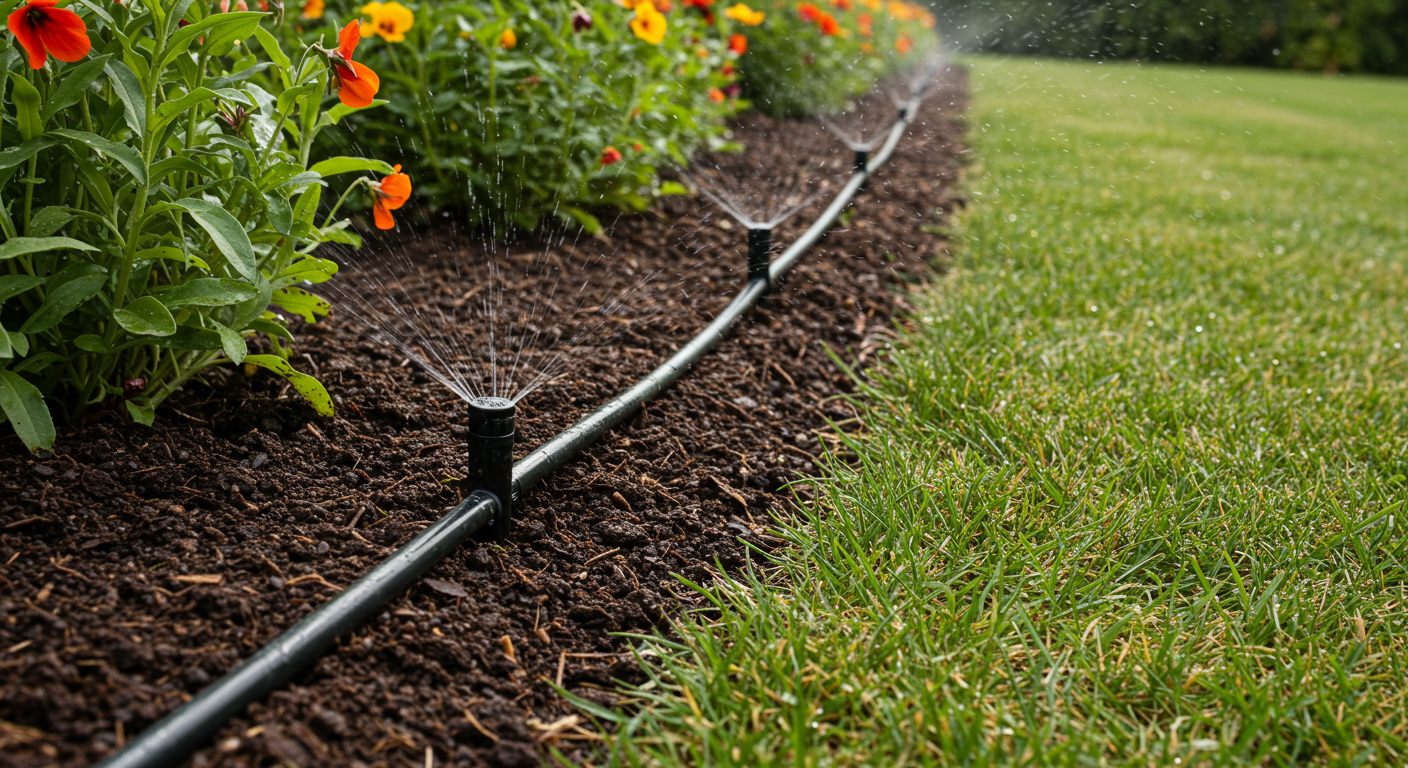
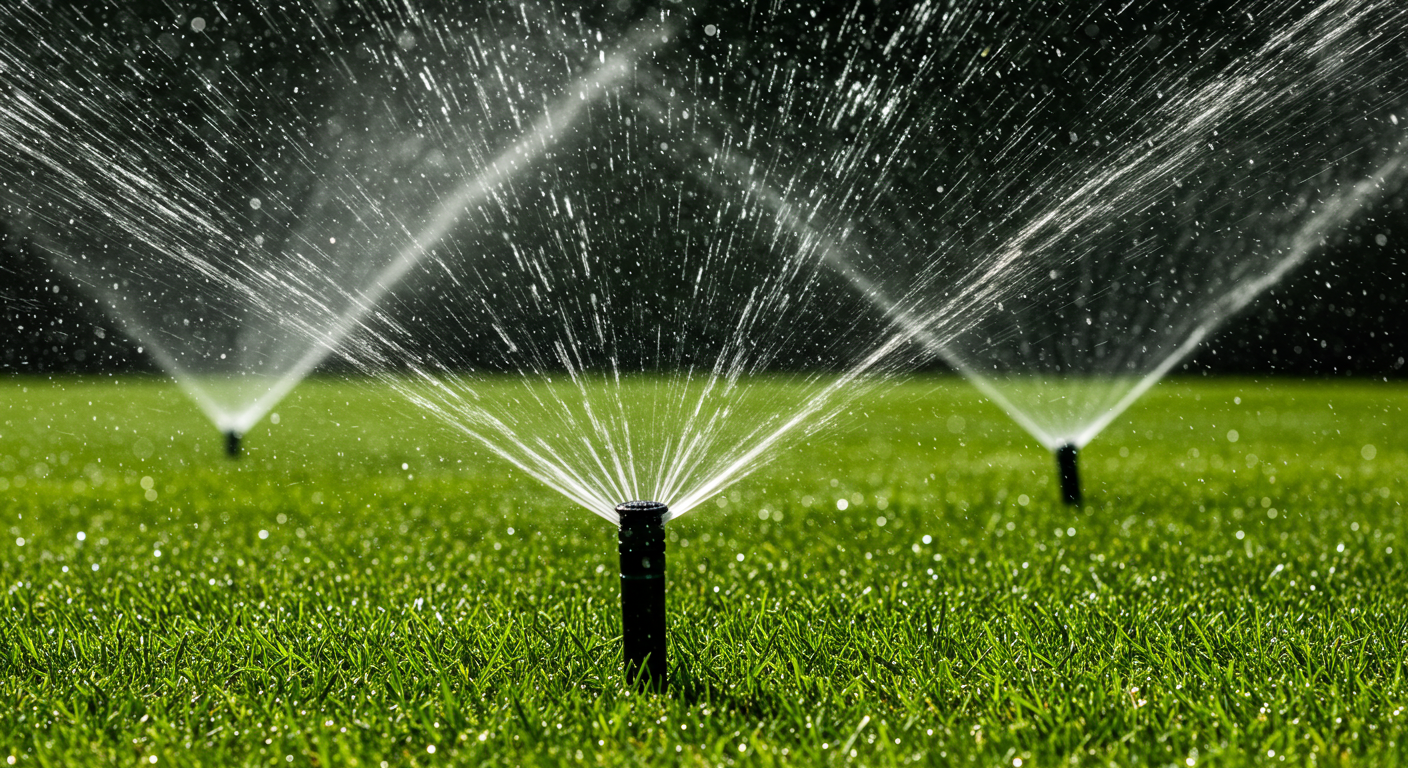
Technology has changed how we water our lawns. Today’s smart irrigation systems integrate sensors and weather data to deliver water only when needed.
👉 According to the EPA WaterSense Program, smart irrigation systems can save homeowners thousands of gallons of water annually.
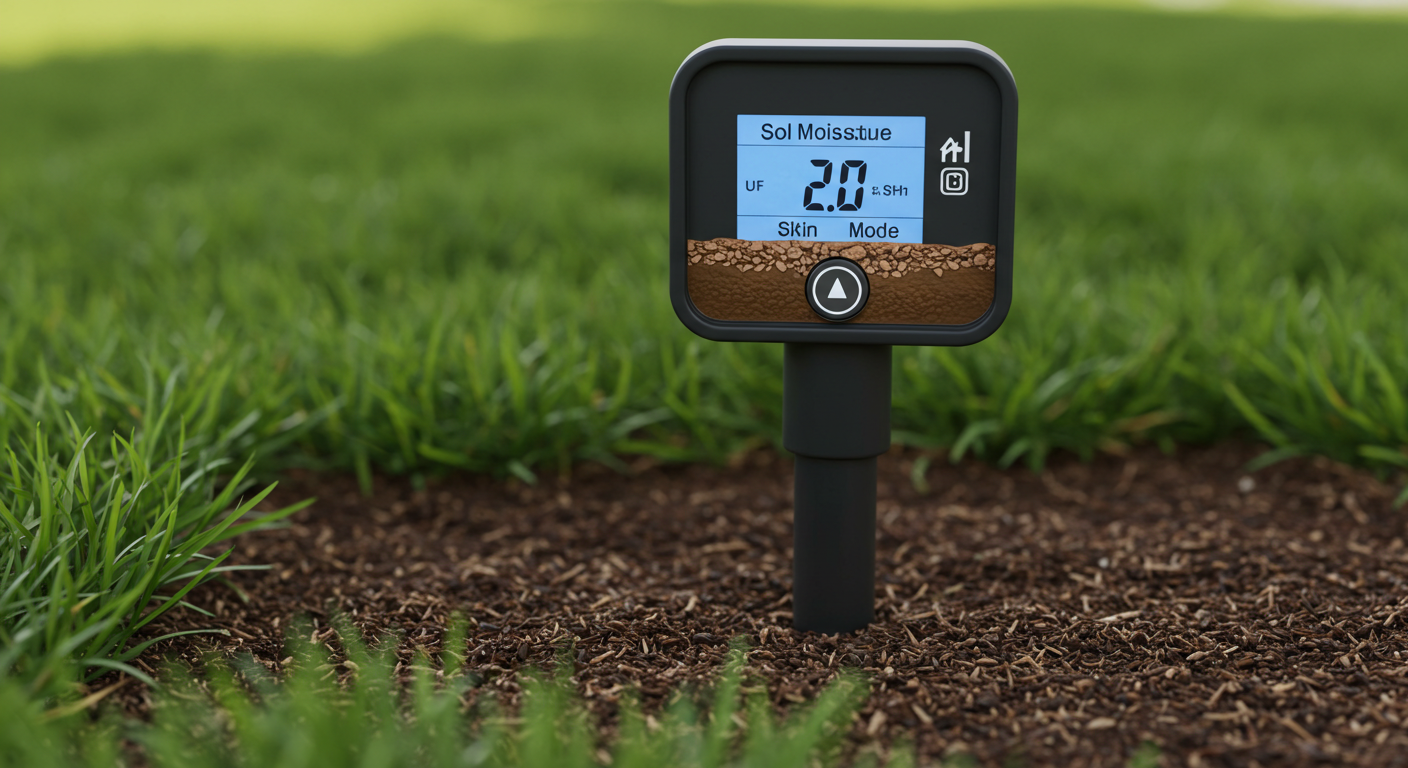
Seasonal Guide:
💡 Rule of Thumb: Deep watering twice a week is better than shallow watering every day.
❌ Watering at midday – Too much evaporation.
❌ Frequent shallow watering – Roots stay weak and close to the surface.
❌ Overwatering – Leads to fungal disease, runoff, and wasted resources.
❌ Ignoring soil type – Sandy soils need more frequent watering than clay soils.
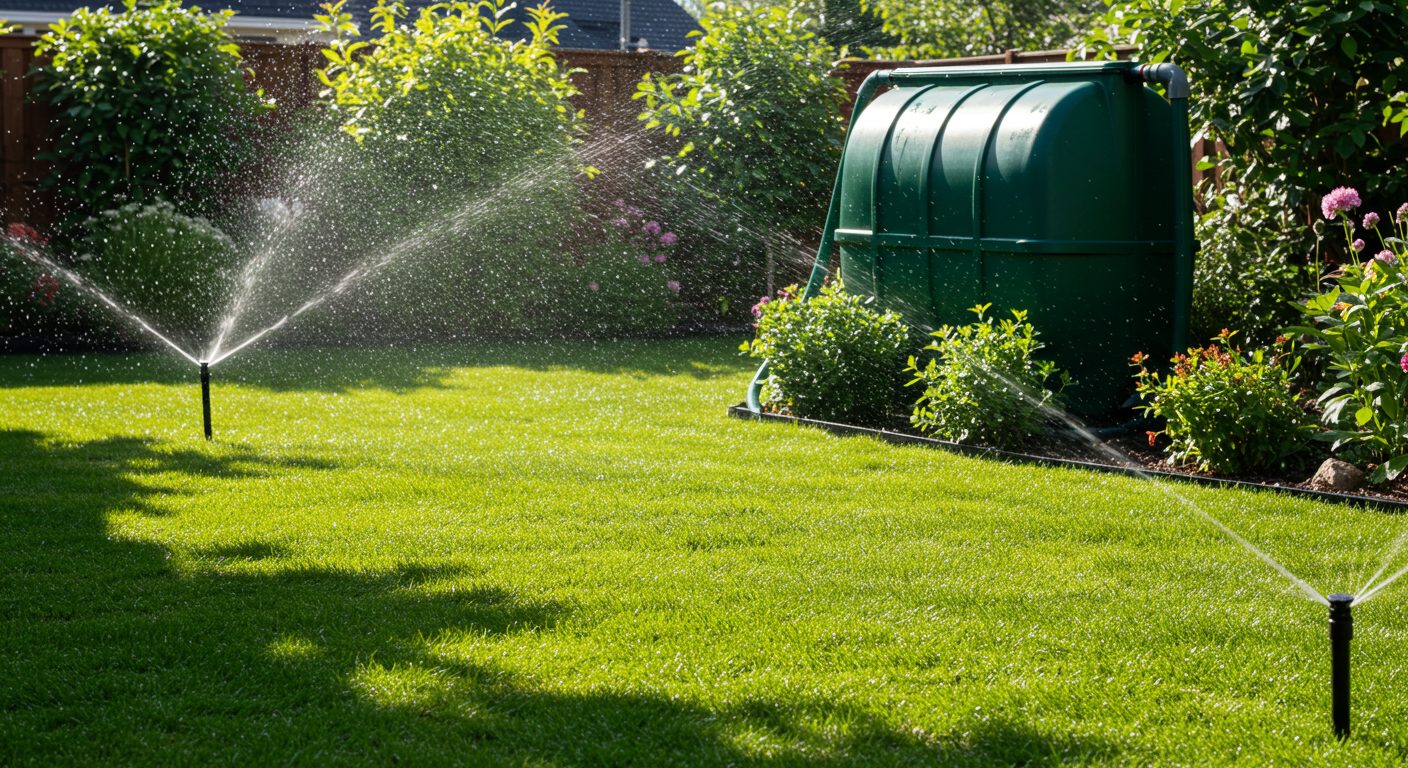
Measure the area, check sun exposure, and analyze soil type.
For small yards → sprinkler or soaker hose.
For large lawns → in-ground irrigation with smart controls.
Divide your lawn into watering zones to avoid uneven coverage.
Program watering times based on climate and grass type.
Use rain gauges, soil sensors, or simply observe lawn health to refine your system.
👉 For professional landscaping and irrigation solutions, Green to Gorgeous can help you set up a system that matches your lawn’s needs.
About 20–30 minutes per zone, depending on water output.
Yes—by reducing waste, they can cut water bills by 30–50%.
Light, frequent watering for the first 2 weeks, then transition to deeper watering.
No. Check rainfall amounts and adjust your system accordingly.
Yes. It leads to shallow roots, fungal growth, and wasted nutrients.
A perfect lawn watering system in action is more than just sprinklers—it’s about delivering the right amount of water, at the right time, with the least waste. Whether you choose a simple sprinkler, a drip system, or a fully automated smart irrigation setup, consistency is the key to a lush, green lawn.
By investing in the right system and avoiding common mistakes, you’ll not only save time and money but also create a lawn that stands out in your neighborhood.
👉 Ready to take your lawn care to the next level? Contact Green to Gorgeous for professional lawn and irrigation solutions.
Let’s Build
Contact us todayGet daily tips and tricks for making your best home.
2025 Green to Gorgeous